If you thought women were just background characters or accessories in mythology, I’m here to change your mind. A mythological figure does not always necessarily mean a fictional one, either. They are someone whose stories have been told that have entered hundreds of generations of traditions and culture. Every country, region and culture has its share of mythology and folklore. Although we hear the most about male figures, badass women have been at the forefront of mythology across various cultures since, well, the beginning of time.
In honor of all our powerful female readers, here are some of the most badass women in mythology.
The Morrigan: Celtic Goddess of War and Death
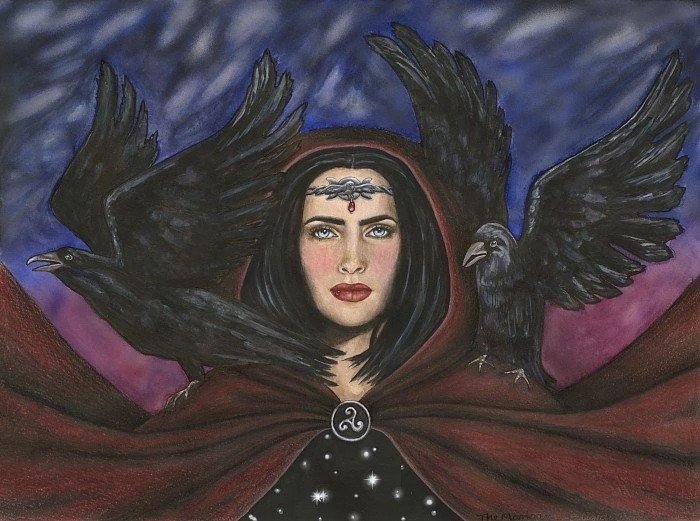
Perhaps her most badass story is in the Ulster Cycle of Tales. In The Cattle Raid of Regamain, Cú Chulainn attacks an old woman driving a heifer (female cow with no offspring) from his territory. However, the woman transforms into a raven and when he realizes that it is The Morrigan, he states that he would have acted more wisely if he had known who she was. As punishment for his misbehavior, she foretells her own presence at Cú Chulainn’s death. During a break in combat, he found himself being attacked by various animals: first an eel, then a wolf, then a heifer. Cú Chulainn successfully fought off the animals and injured them in the process. Later, he meets an old woman who is blind and injured, her wounds matching those that he inflicted on the animals. The old woman offered him three drinks from her heifer and he blessed her after each drink. With each blessing, her wounds healed. When she was fully healed she revealed her true nature as The Morrigan and warned him of his impending doom. During a later battle, The Morrigan’s prophecy finally came true and Cú Chulainn was mortally wounded. And when he was, a single raven, The Morrigan, landed right on his shoulder. Spooky.
Diana: Roman Goddess of the Hunt
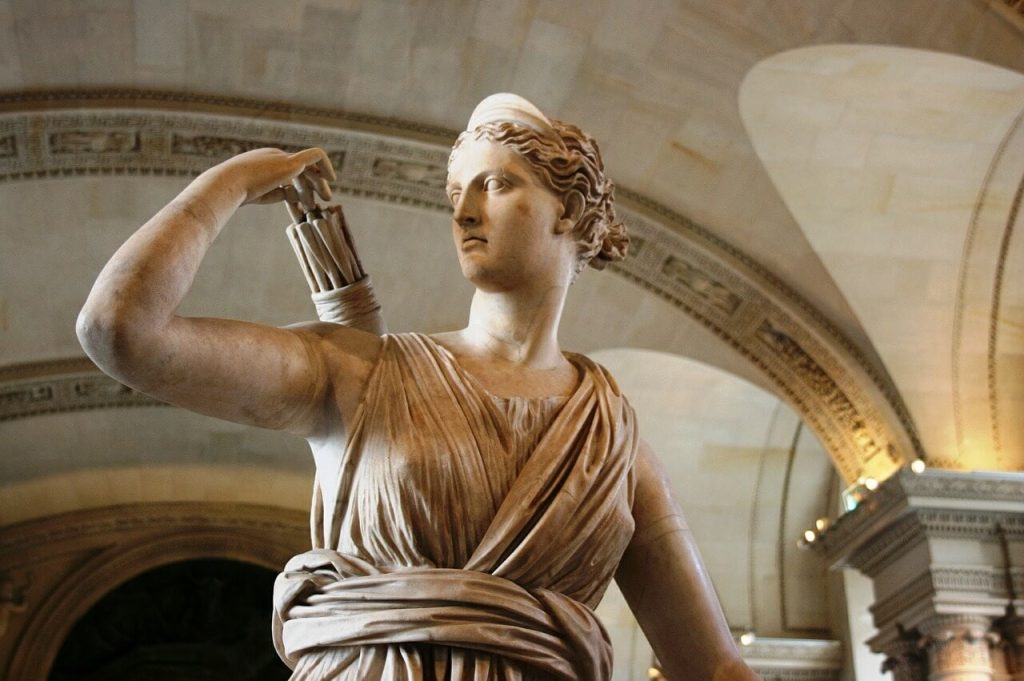
Master of the bow and arrow, Diana is fiercely independent. She shunned the company of mortals and gods and instead roamed the wilderness seeking adventure and hunting. She ruled over the hunt, the moon, unspoiled nature and the boundaries separating wild from civilized, living from dead. She usually wore a chiton, which is a short tunic typically worn by males because it allowed her to venture freely around the woods.
One of my favorite tales and one of Diana’s most popular stories is told by the Roman poet Ovid in the Metamorphoses. Diana was bathing in cool spring waters, unaware of the young hunter Actaeon and his hounds lingering around nearby. Actaeon decided to spy on Diana and her nude body in the water. Diana became extremely angry and embarrassed, reached for her bow and splashed Actaeon with water. This water was enchanted to transform Actaeon into a stag. Actaeon’s hounds caught his new scent, attacked him and killed him. Oops.
Mami Wata: African River Goddess

With a female upper half and a serpent lower half, Mami Wata symbolizes many aspects of life such as good fortune, wealth and healing but also the threat of destruction. Because children were snatched from their mothers in their homes in Africa, Mami Wata was a huge symbol of protection for mothers and children.
In African legends, Mami Wata is both protective and seductive with a volatile temperament. She is known to capture spirits and bestow riches upon her worshippers. Specifically for Africans in the Caribbean and southern America, Mami Wata is said to have traveled with them along the Atlantic Ocean as a protector and taken some of their pain to relieve them. She is also said to have capsized many slave ships that do not make it to their western destinations. Her strength fuels many black women and she has made a lasting impact.
Tefnut: Egyptian Goddess of Water
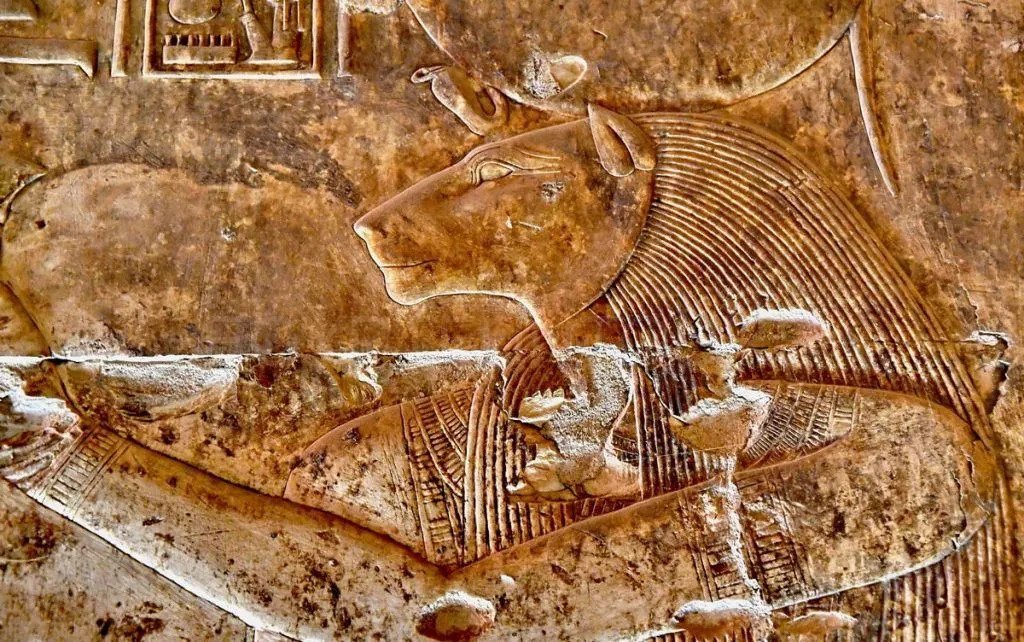
Tefnut is the ancient Egyptian goddess of water and she was one of the most important goddesses in Egypt. She was not only the goddess of water but also of rain, moisture, humidity and dew – extremely important for the land of Egpyt. Because water is the essence of all life, Tefnut was worshipped as a goddess of creation who shared the space between Heaven and Earth and she was sometimes associated with fertility and life-giving powers.
Tefnut was fierce. Egyptians feared angering her because she was wrathful and had no problem taking her anger out on all of Egypt. Once, Tefnut ran away from her father in a rage. While she was gone, a terrible drought developed over Egypt that did not end until her father honored her and convinced her to return. As she should.
Hekate: Greek Goddess of the Moon and the Underworld
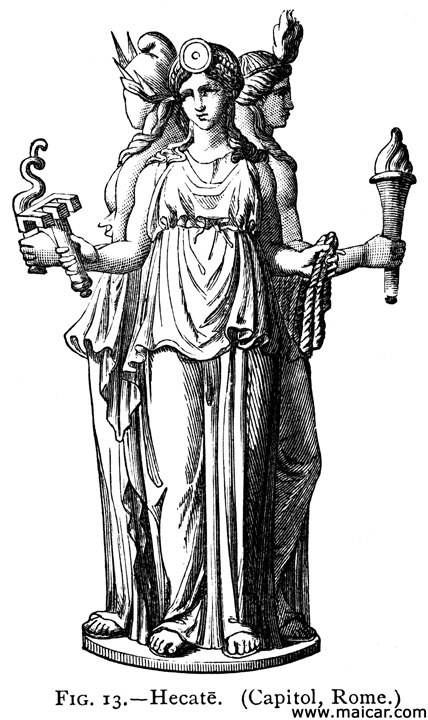
Hekate is an extremely powerful but mysterious goddess. She is associated with the moon, the underworld, witchcraft and magic. She is widely known as a protector and an advocate for justice. In her myths, she is always depicted as strong, wise and kind.
In the Abduction of Persephone, Persephone is kidnapped by her uncle Hades and brought down to the underworld. As Hekate rules over the underworld, she is the only one who heard Persephone’s cries. When Persephone’s mother Demeter was searching for her daughter, Hekate told her what she had heard and helped guide her with her torches through the underworld. Eventually, Zeus forced Hades to return Persephone to Demeter for at least half of the year. Persephone was finally reunited with her mother and with Hekate, who became her attendant and continued to receive honor from Demeter and Persephone.
In another myth, when the Olympians were attacked by the Giants, Hekate sided with the Olympians and fought with her torches. In return, Zeus honored her above all others and gifted her a share of the earth, sea and sky. Go, girl.
Mazu: Chinese Goddess of the Sea
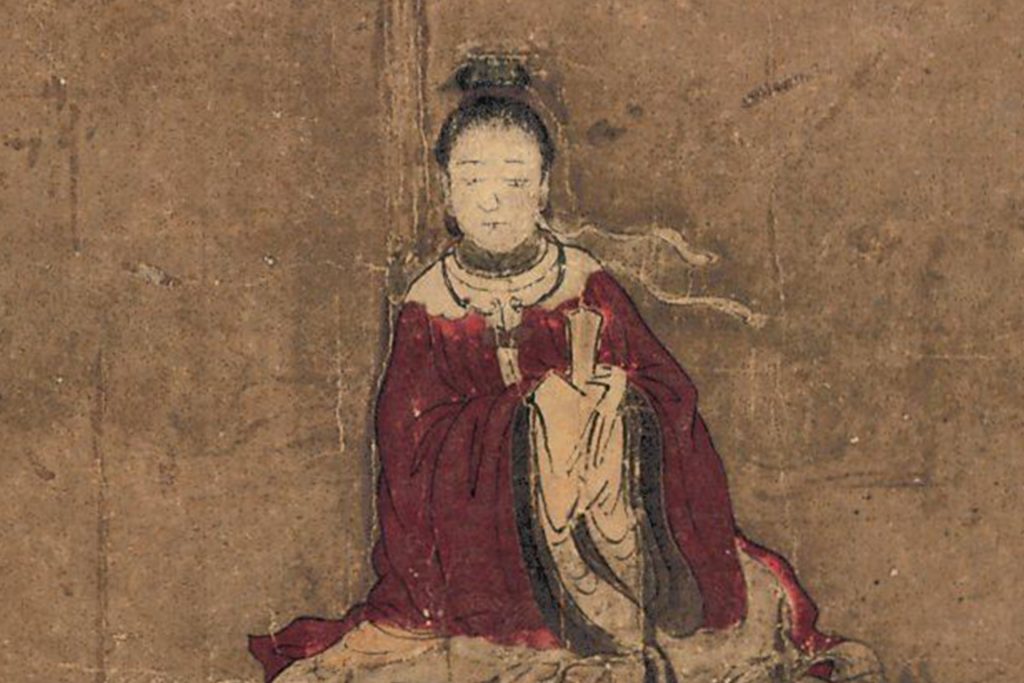
Mazu is known as a compassionate goddess of the sea, watching over fishermen, sailors and travelers with her protective nature. Mazu was actually believed to have been a real girl Lin Mo who lived off the coast of Fujian on Meizhou Island during the tenth century. As a human she was blessed with supernatural powers, being able to predict the weather and the future. As a goddess, she vowed to remain on Earth until all human beings exited the Cycle of Suffering and reached enlightenment.
Mazu is said to be guarded by two demons. Before they became her protectors, they had asked for her hand in marriage. She agreed, but under the condition that they had to defeat her in combat. During the battle, she easily defeated both demons with her martial arts skills and blinded them using a magical silk scarf that blew sand into their eyes. Instead of marrying Mazu, the demons vowed to serve as her guardians.
Frigg: Norse Goddess of Motherhood and Fertility
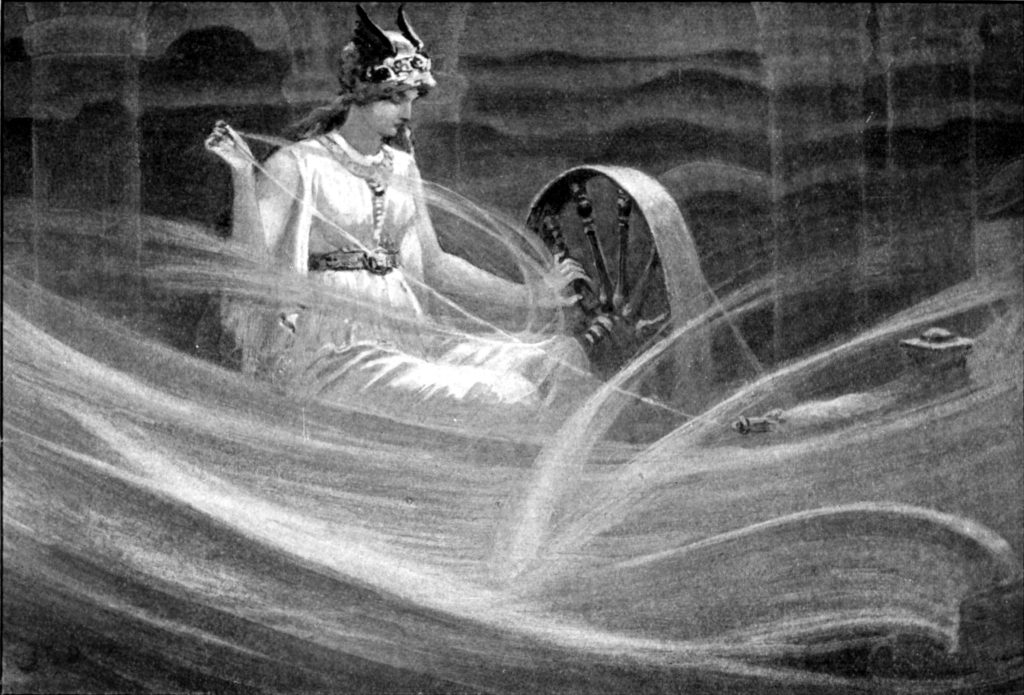
Frigg is the Norse goddess of motherhood and fertility who was the undisputed queen of the gods and well known for her brave and firece protection of her children. She held power of many areas of life, including marriage, the household, love and sexuality, wisdom and prophecy. Frigg was a völva, or practitioner of the magical arts and sought to divine or alter the future through rituals.
One of the best knowns stories in all of Norse mythology is the death of Baldur, part of Snorri Sturluson’s Prose Edda. One night, Frigg and Odin’s son, Baldur had a nightmare of his own death. Odin rode his eight legged horse to Hel, the realm of the dead, in search for an oracle that could help decipher the dream. Odin found an oracle and using powers of his own, he resurrected her from the dead. Upset at being so rudely awakened, the oracle refused to tell Odin anything. When she eventually decided to cooperate, she told Odin that Baldur would indeed die. Frigg was devasted when Odin returned with the news and approached all things in creation and made them promise them to never harm her son. A grieving mother moving mountains to save her son is the ultimate power move.
Kali: Hindu Goddess of Death and Time
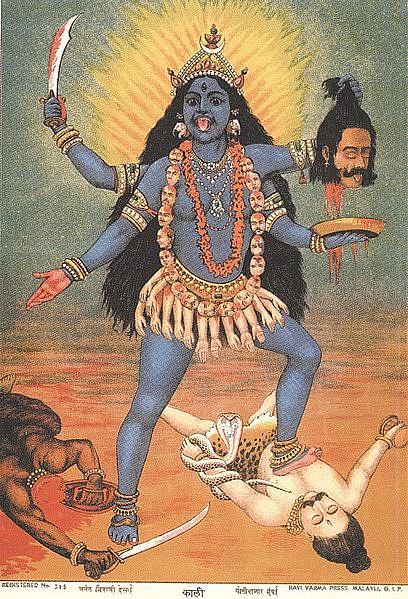
Kali is a goddess that is associated with sexuality and violence but she is also seen as a protective and loving mother figure. Kali embodies shakti – feminine energy, creativity and fertility.
In the story of Kali’s birth, there were demons threatening to destroy the world, rallying together to overthrow the gods and gain control over the earth. Every time that the gods wounded the demons, the blood spilled on the ground would then produce more demons. The gods decided to work together and use all of their shakti to create Kali. Given all of the weapons of the gods, Kali sought out to defeat the demons. She reached out to them with claw-like hands and swallowed them whole, making sure to not get any more blood on the floor. Kali, excited, began to dance and laugh, despite the demon bodies being completely destroyed to mush. Her dancing created thunder and shook the ground, but it seemed as though nothing would stop her. The gods begged Shiva, another god to intervene. Shiva could not stop Kali or get her attention, so he put himself underneath her feet to stop her but she still would not stop and instead pounded the life out of him.
Ixchel: Mayan Goddess of the Moon and Fertility
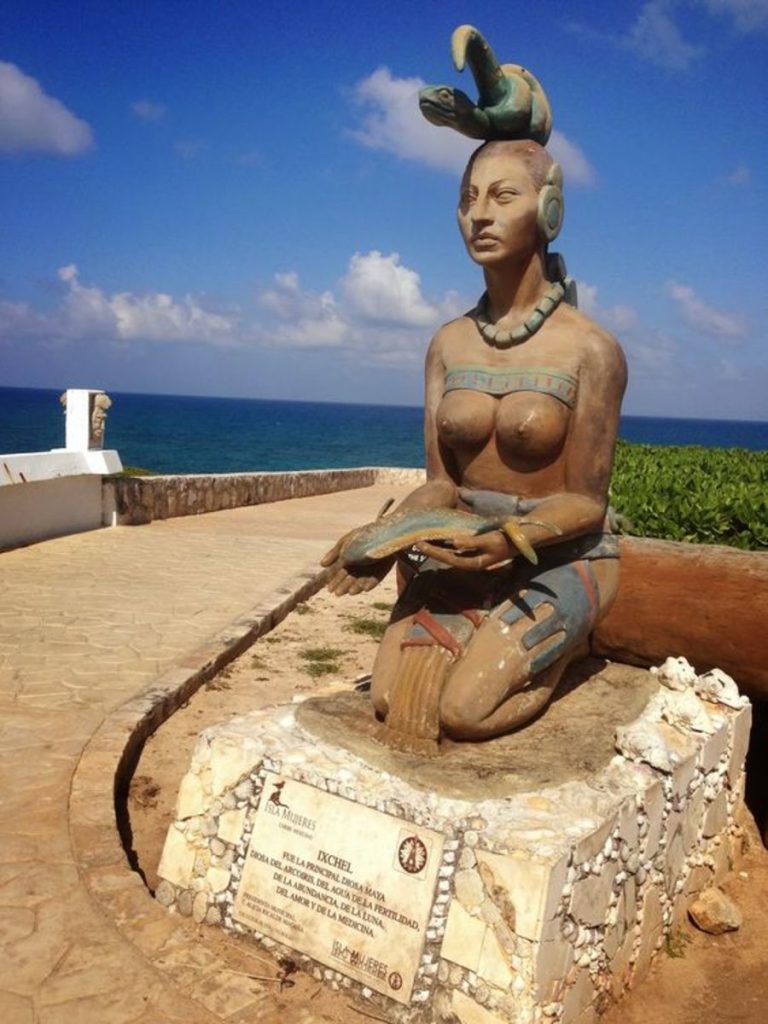
Not only does Ixchel have domain over the moon and fertility, but she is also associated with the weather, children and health. She is the Mother of all Mayan deities and she rules over the cycles of life and death.
Ixchel fell in love with the sun god, Kinich Ahau. He was a jealous lover and accused her of having an affair with his brother, the morning star. Kinich Ahau threw Ixchel from heaven out of jealousy, later apologizing and persuading her to come back to him, but immediately he grew jealous again. Ixchel finally realized that he was not going to change and decided to leave him for good. She waited for him to fall asleep, took on the form of a jaguar and left, becoming invisible whenever he went searching for her. She spent the rest of her nights on a sacred island, nursing women during their pregnancies and child birth. Goals.
Gaia: Greek Goddess of Earth
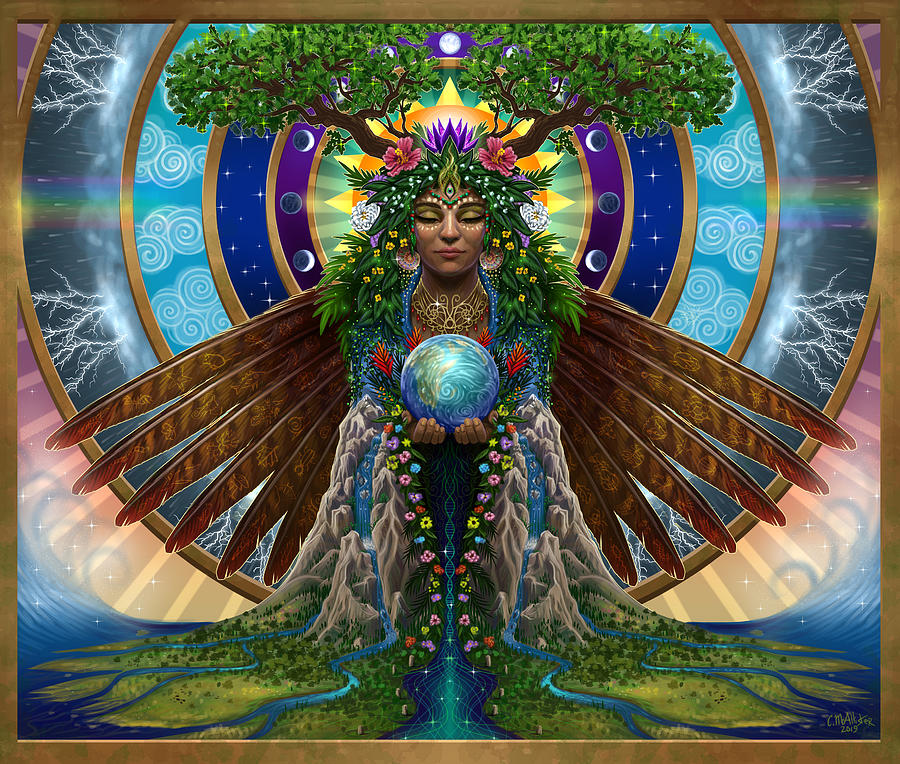
The first goddess in all of Greek mythology, Gaia is the embodiment of earth itself and is the mother of all life. She molded the universe to her liking and gave birth to the Titans, the Cyclopes and the Hecatoncheires. Gaia oversaw the fertility of crops and safeguarded children and fledgling life of all kinds.
Shortly after coming into existence, Gaia created her male counterpart, Uranus who assisted her in making the world full. With Uranus, Gaia had many children including the first generation of Titans. But Uranus was cruel and jealous and suspected that his own children would take his place as ruler of the heavens, so he banished them to the underworld as soon as they were born. Unwilling to see her children’s lives wasted, Gaia counseled her children to rise up against Uranus and castrate him.



